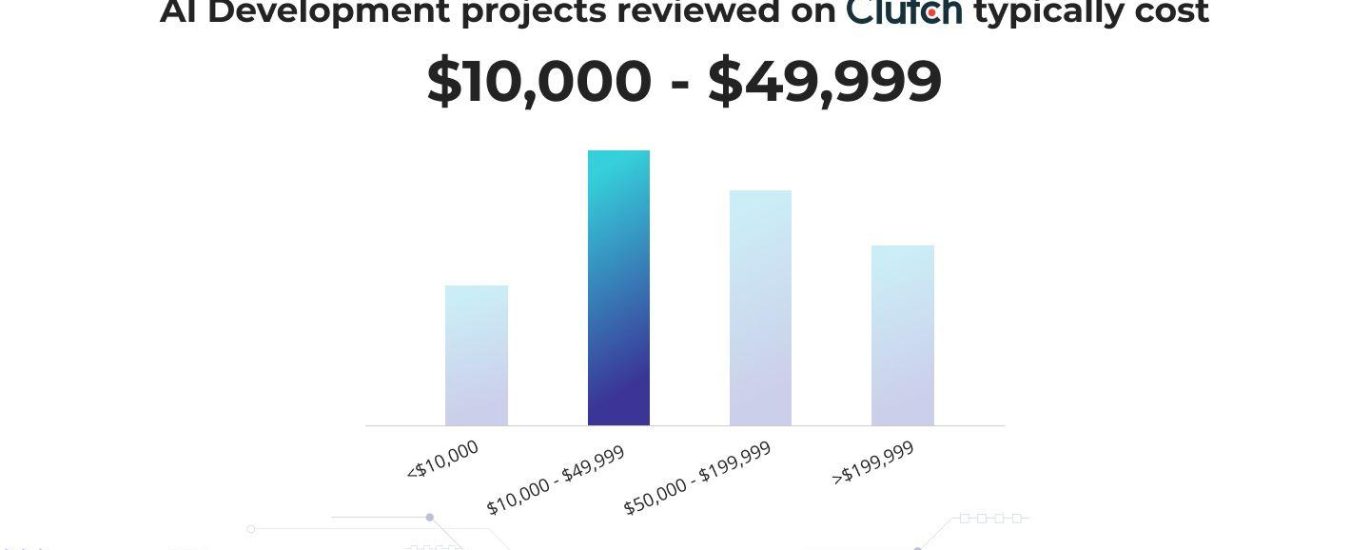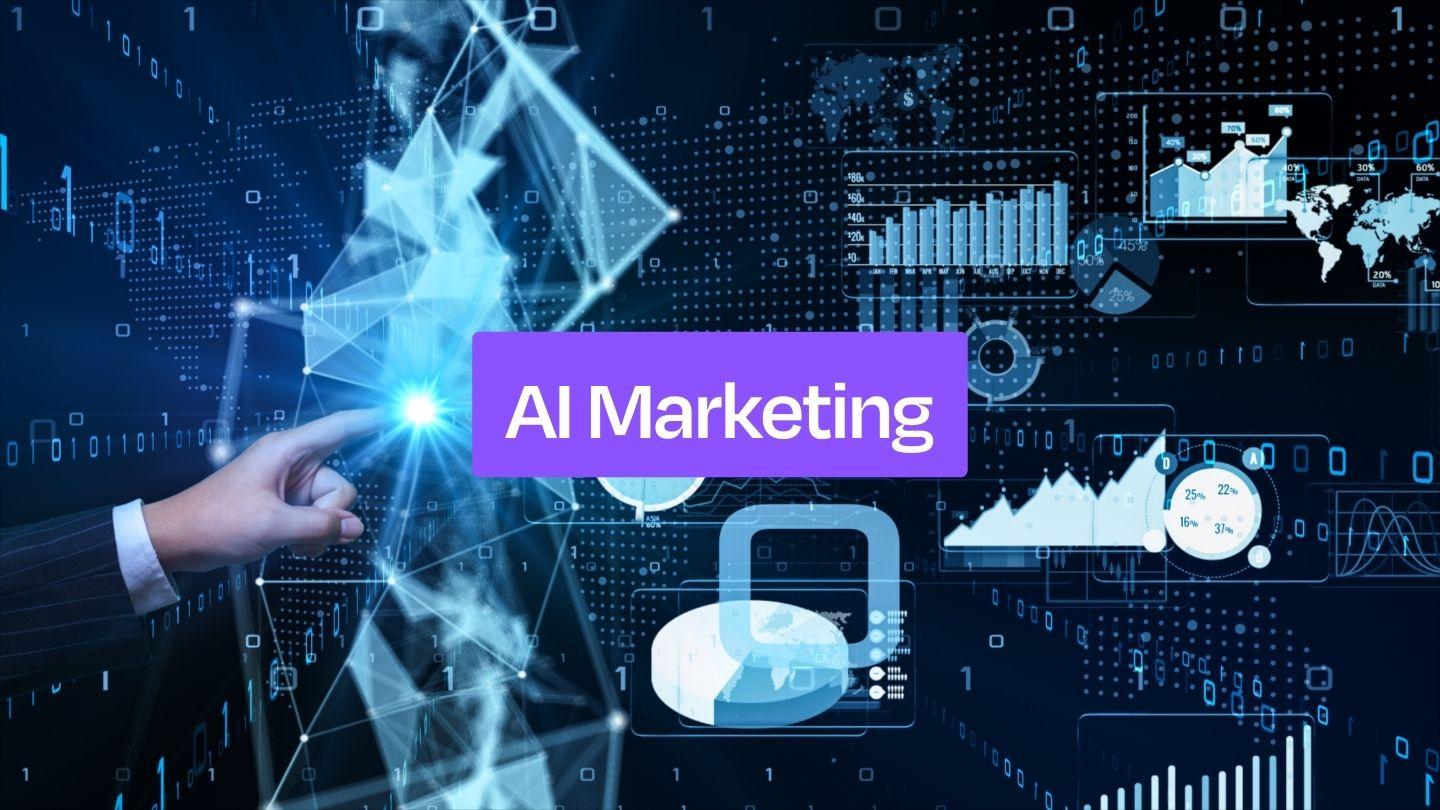



In the ever-evolving landscape of technology, one of the most remarkable shifts we’ve witnessed in recent months is the staggering decline in artificial intelligence costs—dropping an amazing 280 times in just 18 months. This seismic change not only signifies a new era in the accessibility of AI tools but also redefines the strategies marketers can employ to connect with their audiences. As AI becomes more affordable, its integration into marketing campaigns is no longer a luxury reserved for the largest players but an chance for businesses of all sizes. In this article, we’ll explore how this dramatic price reduction reshapes the marketing landscape, the potential benefits and challenges it presents, and what marketers need to know to leverage AI effectively in their efforts. Buckle up as we delve into the implications of this exceptional leap in technology, and discover how to turn these changes into powerful marketing strategies.
The substantial drop in AI costs over the past 18 months has redefined the landscape of marketing strategies. With advancements in technology and increased accessibility, marketers can now leverage AI tools that where previously beyond their financial reach. this democratization of AI enables businesses, regardless of size, to harness data-driven insights and optimize their campaigns effectively. Consequently, key areas affected by this shift include:
the rapid decline in AI pricing has also prompted a shift towards more innovative and agile marketing strategies.Companies are now integrating AI into their everyday operations, utilizing predictive analytics to anticipate market trends and consumer needs. This approach fosters proactive rather than reactive marketing, giving businesses a competitive edge. Key advantages include:
| Advantage | Description |
|---|---|
| Cost-Efficiency | Reduced operational costs, enabling reinvestment into marketing efforts. |
| Scalability | Easier to expand marketing efforts without a linear increase in costs. |
| Enhanced Engagement | Dynamic content generation leads to better customer interactions. |

The rapid decline in AI costs has ushered in a new era for marketers, enabling them to deploy elegant, data-driven campaigns without breaking the bank. This transformation allows for a level of personalization and efficiency previously reserved for larger enterprises with hefty budgets. Now, almost any business can harness the power of AI to target audiences more precisely, optimize advertising spend, and enhance customer experiences. Key benefits include:
Moreover, the integration of affordable AI solutions allows marketers to innovate their strategies. By reallocating budgets that onc whent to costly manual processes, companies can invest in advanced AI tools that offer scalability and adaptability. This shift empowers teams to create dynamic campaigns that respond to market shifts and consumer demands. A brief overview of potential investment reallocations could look like this:
| Previous Allocation | New focus Areas |
|---|---|
| Manual Data Entry | AI-driven Analytics Platforms |
| Traditional Ad Spend | Programmatic Advertising |
| Generic Email Campaigns | AI-Personalized Outreach |

The important reduction in AI costs is reshaping the marketing landscape, providing budget-conscious marketers with access to cutting-edge tools and technologies that were previously prohibitively expensive. As AI solutions become more affordable,small to medium-sized businesses can leverage these technologies to streamline operations and enhance their marketing strategies. This democratization of advanced analytics and automation capabilities allows marketers to engage in data-driven decision making,create personalized content,and optimize campaigns,all at a fraction of the previous cost. With intuitive platforms and user-kind interfaces, even those with limited technical expertise can harness the power of AI.
Marketers can now explore a variety of tools tailored to meet diverse needs without straining their budgets. Consider some of these impactful solutions:
As tools and technologies proliferate, understanding how to evaluate and integrate them becomes essential. Creating a framework to assess the effectiveness of these tools can streamline adoption:
| Tool/Technology | Key Benefit | Cost Effectiveness |
|---|---|---|
| AI Content Generators | Speed and creativity in content production | Decreased reliance on freelance writers |
| Predictive Analytics | Better targeting and resource allocation | Higher ROI through informed decisions |
| Marketing Automation | Streamlined processes and reduced labor | Minimized overhead costs for campaigns |

as the cost of artificial intelligence technologies continues to plummet, marketers have a pivotal opportunity to reshape their strategies. By integrating AI tools into their marketing efforts, professionals can achieve not only operational efficiencies but also foster personalized customer experiences. Key benefits of adopting AI include:
Incorporating these innovations requires a shift in mindset and reallocation of resources; companies should invest in training their teams to work alongside AI systems effectively. The focus should be on building strong partnerships between human creativity and machine efficiency. To illustrate the impact of AI on marketing costs and outcomes, consider the following table:
| AI Tool | Previous Cost | Current Cost | Impact on Marketing |
|---|---|---|---|
| Predictive Analytics Software | $100,000 | $3,570 | Higher accuracy in targeting |
| Content Generation Tools | $40,000 | $1,200 | Increased content output |
| Chatbots | $15,000 | $500 | Improved customer service response |
As we stand at the crossroads of innovation and affordability, the staggering reduction in AI costs serves not only as a fiscal revelation but also as a beacon of opportunity for marketers everywhere. With a 280-fold decrease in just 18 months, the democratization of advanced technology opens up new realms of creativity, efficiency, and data-driven decision-making. As marketers, harnessing these tools can empower us to connect more deeply with our audiences and tailor experiences that resonate on a personal level.This seismic shift invites us to rethink our strategies, embrace experimentation, and leverage the enhanced capabilities that AI now provides. The landscape is evolving rapidly, and those who adapt will likely lead the charge into a new era of marketing innovation. Whether it’s automating mundane tasks, predicting consumer behavior, or crafting hyper-targeted campaigns, the potential is vast.
As we look to the horizon,it’s clear: the future of marketing is not just about keeping pace with technology—it’s about harnessing it to create meaningful connections and drive results. So, let’s embrace this change, think boldly, and step confidently into a landscape redefined by possibility. The journey has just begun, and the best is yet to come.